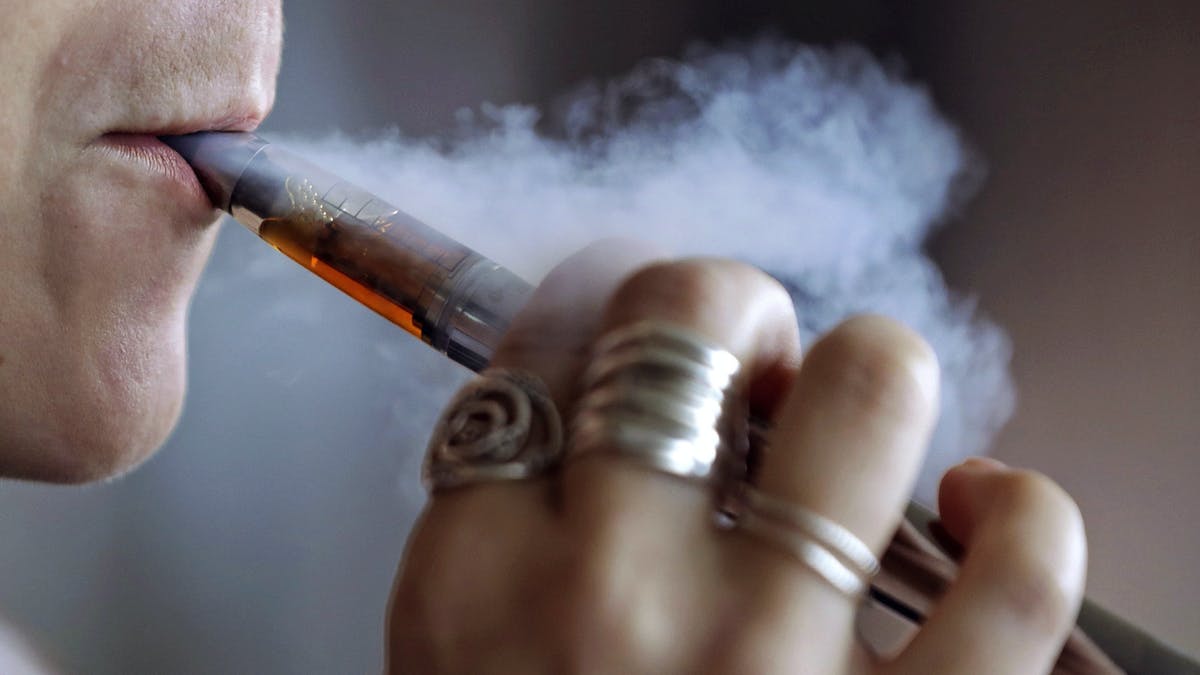Californian state workers understand that you may sometimes be exposed to conditions that can harm you. Popcorn lung, medically referred to as bronchiolitis obliterans, is one of the occupational diseases that can develop after repeated exposure to certain chemicals, affecting workers across a wide range of industries.
What Is Popcorn Lung?
Clinically, popcorn lung is a rare but serious lung disease caused by inflammation and scarring of the bronchioles, the smallest airways in the lungs. Once scar tissue develops, it cannot be reversed, which is why this condition often leads to permanent breathing difficulties. The most infamous culprit is diacetyl, which was widely used in microwave popcorn factories until research linked it to illnesses among workers. However, diacetyl is not the only chemical of concern. Studies from the Centers for Disease Control and Prevention (CDC) and the National Institute for Occupational Safety and Health (NIOSH) confirm that other compounds, including formaldehyde, acetaldehyde, and acrolein, can also contribute to bronchiolitis obliterans.
Industries far beyond popcorn manufacturing, such as coffee roasting, chemical production, flavoring facilities, and even e-cigarette production lines, have all been associated with popcorn lung cases. For California workers, this condition falls squarely under the definition of an occupational illness.
Symptoms and How They Progress
These symptoms can easily be mistaken for asthma or chronic obstructive pulmonary disease (COPD), which often delays proper diagnosis. Unlike asthma, however, popcorn lung does not improve significantly with inhalers. Over time, symptoms worsen, and patients may experience chronic fatigue, chest tightness, and decreased lung function, even when they are not engaging in physical activity.
Doctors typically use a combination of pulmonary function tests, chest X-rays, high-resolution CT scans, and, in some cases, lung biopsies to make a diagnosis. Unfortunately, by the time patients are tested, lung damage is often permanent. Early detection is crucial, but in occupational cases, workers frequently only realize the extent of their exposure after long-term symptoms appear.
Causes and Risk Factors
Workplace exposure is the most common cause of popcorn lung, though it can develop in anyone exposed to harmful inhalants. In addition to diacetyl and flavoring chemicals, workers may inhale nitrous oxide (also known as laughing gas), welding fumes, silica dust, and other industrial byproducts. Prolonged exposure at high concentrations significantly increases the risk.
Industries most affected include:
- Food manufacturing (popcorn, flavoring, and coffee roasting facilities).
- Industrial workplaces (welding, construction, and chemical processing).
- Retail vape shops and e-cigarette factories (due to inhalation of flavored vapor).
California’s Division of Occupational Safety and Health (Cal/OSHA) requires employers to minimize exposure to known hazards, but compliance varies. Failing to provide adequate ventilation, protective respirators, or chemical exposure monitoring may leave employers liable for workers’ illnesses.
Medical Treatment and Prognosis
There is no cure for bronchiolitis obliterans; however, treatment can help slow its progression. Doctors may prescribe corticosteroids to reduce inflammation, immunosuppressive drugs for advanced cases, and oxygen therapy for those struggling with daily activities. Some patients benefit from pulmonary rehabilitation programs that teach breathing techniques and help maintain lung capacity.
In the most severe cases, a lung transplant may be the only option, but even this comes with lifelong complications. Prognosis depends on the stage of diagnosis: workers who continue to be exposed after symptoms appear often experience rapid declines in lung function, while those who remove themselves from the exposure environment and begin treatment may stabilize.
Prevention and Workplace Safety
The best treatment for popcorn lung is prevention. Federal and state agencies, including OSHA and NIOSH, have issued exposure limits and recommendations for industries using diacetyl and similar compounds. Recommended protections include:
- Installing industrial ventilation systems to reduce airborne chemicals.
- Providing respirators or N95 masks to workers.
- Conducting regular air quality testing in plants and factories.
- Educating workers about the symptoms of chemical exposure.
Employers are legally responsible for maintaining safe workplaces. Failure to follow safety guidelines not only endangers workers but also opens the door to workers’ compensation claims and lawsuits.
Workers’ Compensation and Legal Rights in California
California law recognizes popcorn lung as an occupational disease when it develops as a result of exposure to workplace hazards. Workers diagnosed with this condition may be entitled to:
- Full medical coverage for diagnosis, hospitalization, medications, and long-term treatment.
- Temporary or permanent disability benefits if their condition prevents them from working.
- Wage replacement for lost earnings during treatment and recovery.
- Vocational rehabilitation is provided if they are unable to return to their prior line of work.
Importantly, California has a statute of limitations for workers’ compensation claims. Generally, workers must notify their employer within 30 days of learning about the illness and file a claim within one year of diagnosis or discovery. Failing to act within these deadlines can make it more difficult to secure benefits.
If an employer knowingly ignores safety standards, workers may also pursue a personal injury lawsuit in addition to their workers’ comp claim, potentially recovering further damages for pain, suffering, and negligence.
Case Precedents and Industry Lessons
In recent years, several lawsuits have highlighted the dangers of diacetyl and the associated risks of workplace chemical exposure. Workers in popcorn manufacturing plants in Missouri and Illinois were awarded millions in compensation after developing bronchiolitis obliterans linked to diacetyl. These cases not only provided relief for the affected workers but also prompted industries nationwide to reduce or eliminate the use of diacetyl.
California workers facing similar exposures can use these precedents to strengthen their own claims. Documenting exposure conditions, obtaining medical evaluations, and seeking legal counsel early can significantly impact the outcome of a case.
FAQs About Popcorn Lung and Workers’ Compensation
Can popcorn lung be reversed?
No. Once scar tissue develops in the bronchioles, it cannot be reversed. Treatment focuses on slowing progression and managing symptoms.
How long do I have to file a claim in California?
You generally have 30 days to notify your employer and one year from diagnosis to file a workers’ compensation claim.
Can I sue my employer if they didn’t follow safety standards?
Yes. If your employer violated Cal/OSHA regulations or failed to provide protective equipment, you may have grounds for a lawsuit in addition to a workers’ compensation claim.
What chemicals besides diacetyl cause popcorn lung?
Other chemicals, including formaldehyde, acetaldehyde, acrolein, and nitrous oxide, have been linked to similar lung damage.
What is the average workers’ compensation payout for occupational lung diseases?
Amounts vary widely depending on the severity of the illness, medical expenses, and disability status, but settlements can reach tens or even hundreds of thousands of dollars.
Protecting Your Health and Legal Rights
Popcorn lung is a devastating occupational illness that can impact workers in food manufacturing, industrial plants, and the growing vaping industry. If you are experiencing symptoms, the first step is to seek immediate medical evaluation. After that, you should take steps to secure your legal rights to compensation.
At Hussain & Gutierrez, we have extensive experience representing workers suffering from occupational diseases. We understand the medical, financial, and legal challenges you face, and we are committed to helping you pursue workers’ compensation benefits, disability support, and, if necessary, additional claims against negligent employers.
Contact Hussain & Gutierrez today to schedule a consultation and protect your future.



